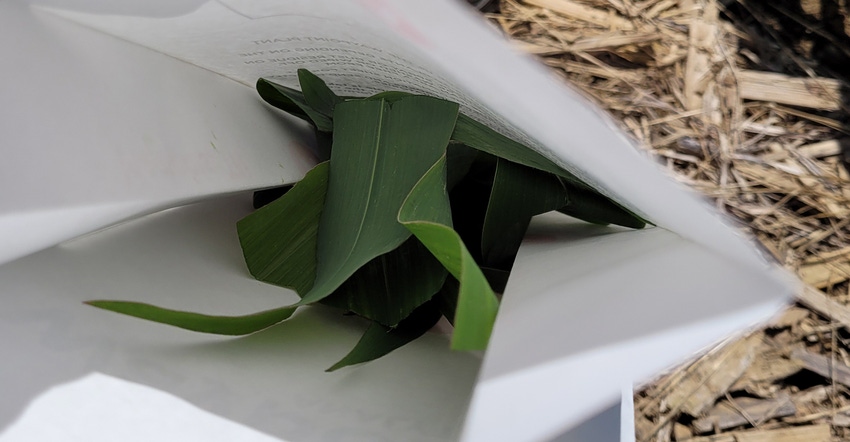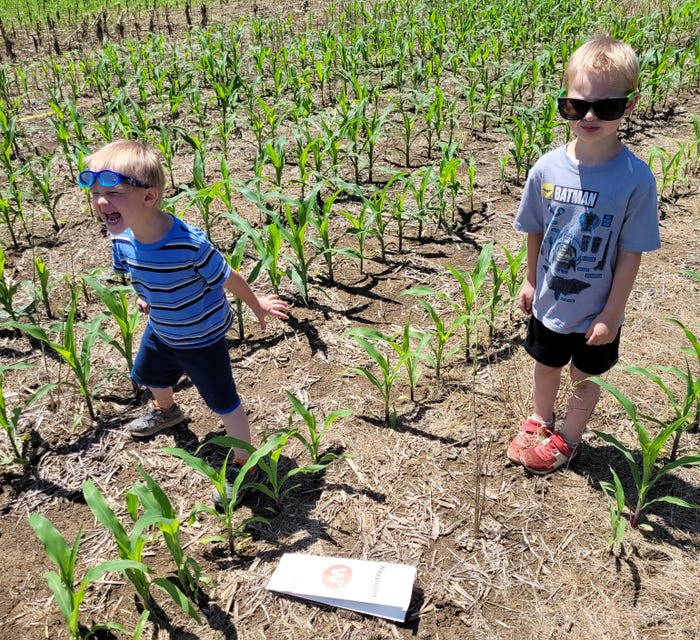December 22, 2021

With our 2021 crop in the books, we are looking ahead to 2022.
Last year at this time, our input prices were relatively flat based off the previous year. We were able to lock in our fertilizer and chemicals before they started to rise with the price of grain. This left us in a pretty good place.
We had some fertilizer left over from last year, as well as some chemicals, but we currently don’t have most of what we need secured yet for 2022.
Like many of you, we are sitting here trying to come up with a plan on what we are going to do. I have talked to many farmers across the state and some in other parts of the country, and we are all in the same boat. And in some cases, we are fishing for the same supplies that are either four times more expensive than last year, or are not even available because of supply chain and production issues.
I have learned a lot over the years, so here’s my advice to you to help stave off these high prices:
Start a budget. It is hard to come up with a budget if you are not sure what things cost. If you haven’t started pricing supplies, I suggest you do so ASAP. Sit down, because you are going to have some sticker shock.
When you are looking at fertilizer prices that are in the $1,000-per-ton price range, you definitely want to spend wisely.
Make a plan around your budget. I have never been one to ever want to plant a crop without fertilizer. We always want to maximize our potential, but on some lower-potential soybean fields, we may cut some of our potassium rates back and possibly look at spreading lime instead to increase our soil pH. This will make what is already there more available.
Sample tissue. For the past three years, we have been using tissue samples to help figure out what our plants need.
Use realistic yield goals for what you want to achieve. We plan our nitrogen sidedressing for our corn around tissue samples, as well as adding some micronutrients. My only caution with tissue tests is that you need to focus on the biggest plant needs and what you can afford.
You can easily go broke trying to fix every deficiency the test may show.
Stick to your plan and budget. With higher grain prices, it is easy to want to spend more money on new products that will help increase yield. Who doesn’t want the highest yields, right?

LITTLE HELPERS: The young Reskovacs — Cole, 5, and Caleb, 3 — love bringing their own energy out to the fields during growing season.
I know farmers every year who fall into the trap of, “Well, this will add 5 bushels to the acre, and this product, if I put it on, will add 6 bushels, and guess what, it only cost 3 bushels to pay for it.” Before you know it, you added 30 bushels per acre to your bottom line. Then harvest comes, and those 30 bushels may only add up to 3 or 4 bushels.
If you want to try some new things, try it, but maybe only on a handful of acres.
This is the direction our farm is headed in for 2022. Good luck, and here’s to high yields and good prices!
Sheilah and Mike Reskovac and their sons farm near Uniontown, Pa. Check out all of their "Two Hearts, One Harvest" blogs.
You May Also Like




